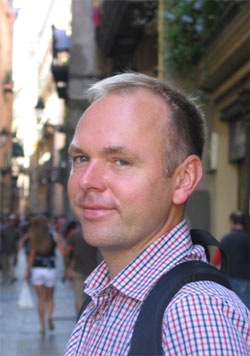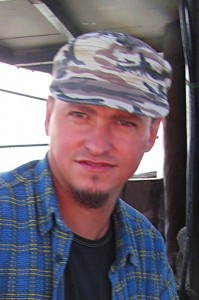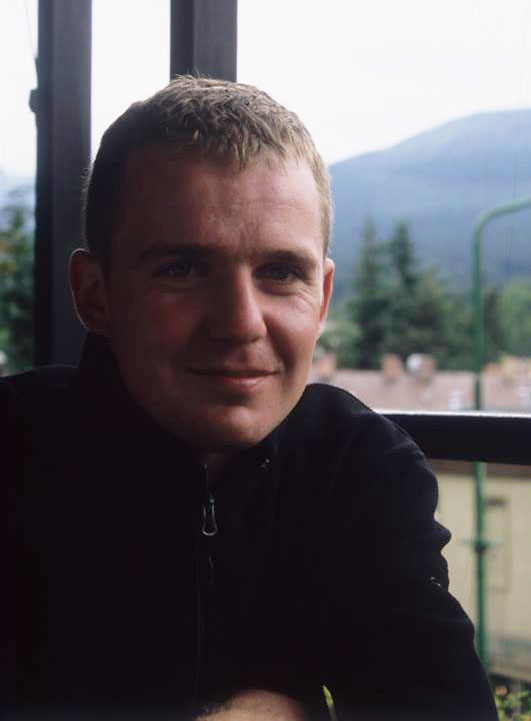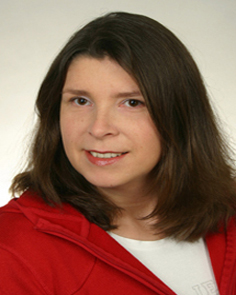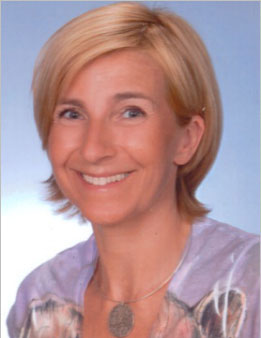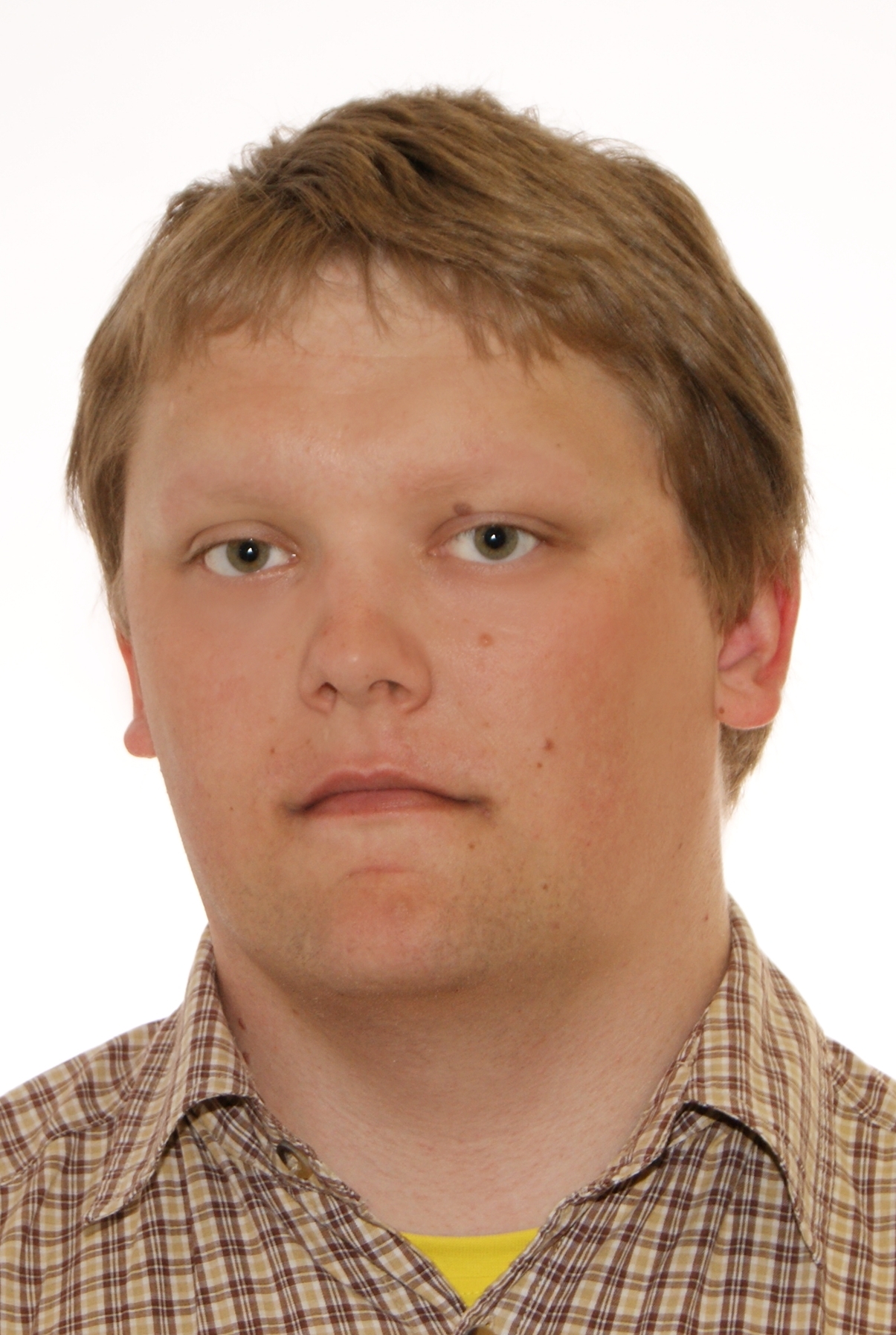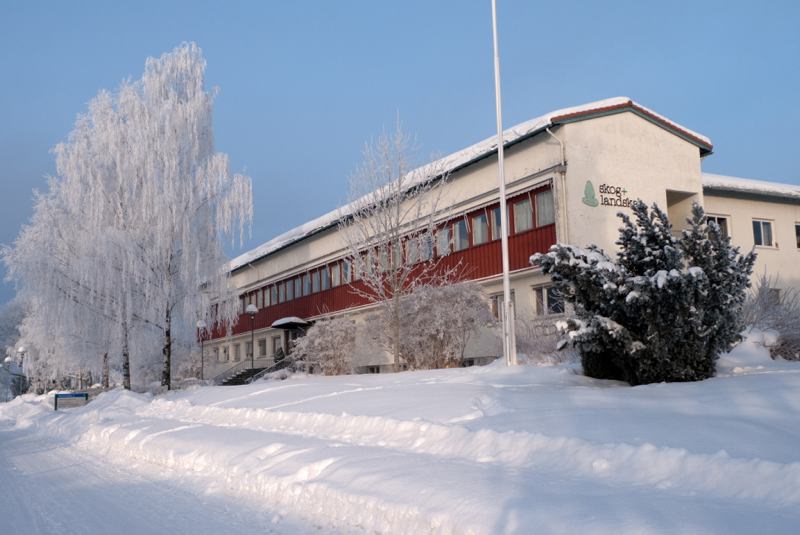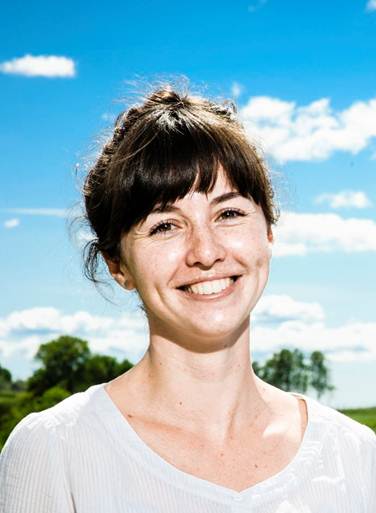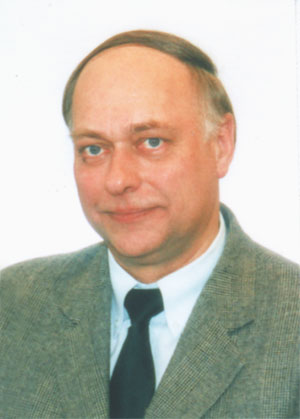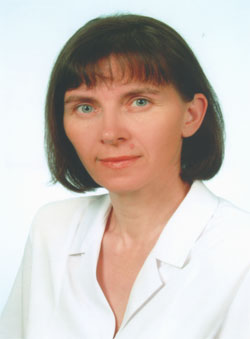Partnership
PROJECT LEADER
Poznan University of Life Sciences
Institute of Wood Chemical Technology
BARTŁOMIEJ MAZELA
Director of the Institute of Wood Chemical Technology
Poznan University of Life Sciences
28 Wojska Polskiego st.
60-637 Poznan POLAND
ph.: +4861 848 7452, mob.: +48 508 693 137
e-mail: bartsimp@up.poznan.pl
www.wtd.up.poznan.pl
Principal directions of scientific activity:
- Preparation of wood preservatives according to BPD and BPR regulation.
- Effects of wood preservatives on the environment.
· Thermal conversion of recovered wood.
· Dynamics of active ingredients leachability from wood treated with preservatives.
- New technologies for increase wood durability.
· Thermal modification of wood – natural durability.
· Oil heat treatment – the use of modified rapeseed oil in the processes of thermal treatment.
· The use of protein-based biopolymers to stabilize fungicides in wood.
· Supporting antifungal properties of IPBC through the wood treatment with organosilicon compounds.
· Biocides-free wood treatment (silanisation).
Research interests:
· Screening of new chemicals to protect the wood in order to increase the natural durability of wood, to prevent its degradation by brown rot, soft rot, molds and blue stain.
· Looking for lead compound from among chemical compounds extracted from natural raw materials and newly synthesized.
· Microbial volatile organic compounds (MVOC) secreted by fungi inhabiting wood.
WOJCIECH GRZEŚKOWIAK
Research interests:
- Research on the effectiveness of the new fire retardants for wood
and wood-based materials.
- Looking for a systems enhancing resistance of wood
to fire performance, using lower than the commonly used concentrations and
synergistic action of different chemical compounds.
- Iinterested in fire security systems in buildings.
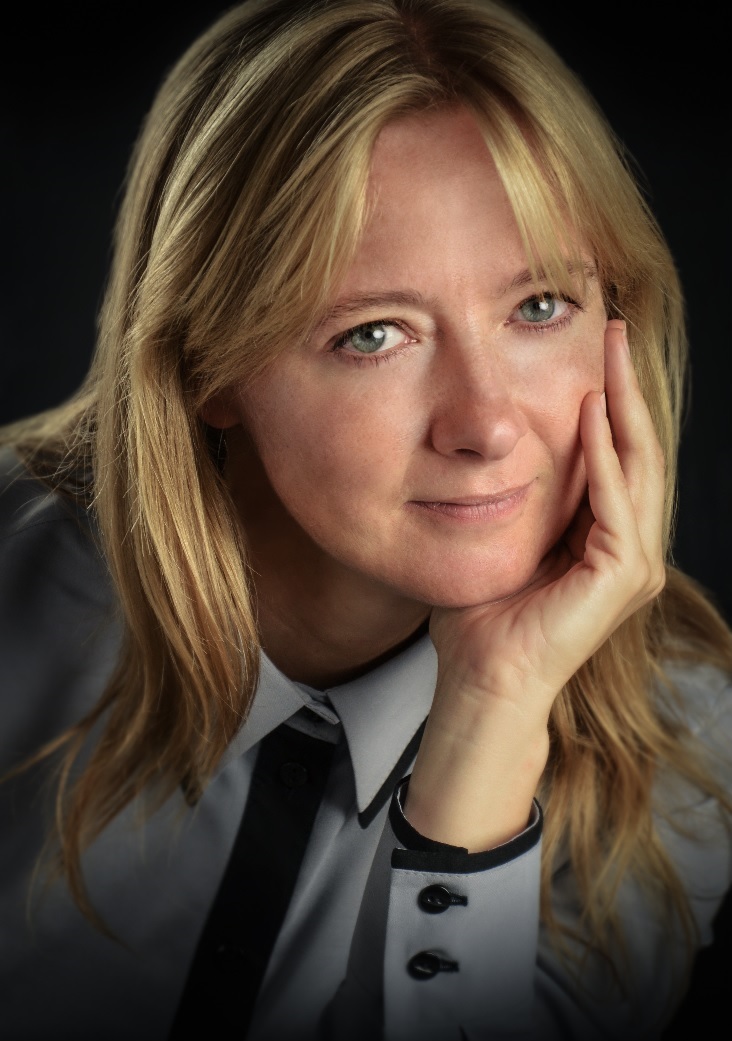 MAGDALENA BRODA
MAGDALENA BRODA
Research interests:
- New technologies for increase wood durability.
- Archaeological wood preservation and conservation.
- Wood conservation.
WALDEMAR PERDOCH
PhD student – Institute of Wood Chemical Technology
Adam Mickiewicz University in Poznan, Faculty of Chemistry, Master of Chemistry.
PULS Faculty of Wood Technology, specialization: Wood Chemical Technology. Engineer of Wood Technology.
The aim of the research and PhD thesis is to determine the technology which utilizes well-known biocide, i.e. 3-Iodo-2-propynyl butylcarbamate (IPBC) in wood preservatives and which could impart its stability in a final product as well as in treated wood. The general goal in the light of natural environment protection regulations, and particularly regulations regarding biocidal products application, is limitation of biocides usage.
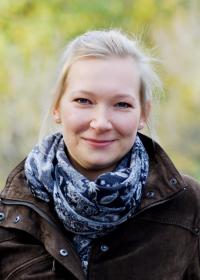 JOANNA SIUDA
JOANNA SIUDA
Since 2014 - PhD Studies at Poznan University of Life Sciences, Faculty of Wood Technology at Institute of Wood Chemical Technology.
Research interests:
- The use of organosilicon compounds in wood protection systems.
- Archaeological wood conservation.
- Wood resistance against fungi.
2012-2014 - Graduate studies at Adam Mickiewicz University in Poznan, Faculty of Chemisty, master’s thesis: Synthesis of Nα-acetyllysine adduct with malonaldehyde and methylgloxal. Studies on the reactivity of obtained compound towards nucleophilic biomolecules.
PATRYCJA WERONIKA KWAŚNIEWSKA
Bachelor of Chemistry at the Faculty of Chemistry of Adam Mickiewicz University in Poznan received in 2011 executing work entitled Synthesis of new derivatives of sparteine. Master’s degree studies finished in 2013 executing thesis entitled Synthesis of new selenium derivatives of bis-quinolizidine alkaloids. The research at University was implemented in Laboratory of Heterocyclic Compounds. The research continues in the frame of PhD study in Institute of Chemical Technology of Wood at Poznan University of Live Sciences tended to synthesis new derivatives of alkaloids in the aspect of their used in the protection of lignocellulosic materials against biodeterioration.
Department of Chemistry
IZABELA RATAJCZAK
Department of Physical Chemistry Instrumental Methods,
Department of Chemistry
The range of scientific activities:
- Chemical modification of wood in order to increase its resistance.
- Chemical properties of wood protection.
- Instrumental methods in qualitative and quantitative analysis of formulation to wood preservation.
KINGA SZENTNER
The range of scientific activities:
- Research on the effects of gamma radiation in terms of physical-chemical changes of wood treated with different doses of the radiation.
- Spectrophotometric analysis of the infrared (FTIR) of wood samples, cellulose and lignin isolated from wood materials exposure to gamma rays.
- The Instrumental methods of qualitative and quantitative analysis of impregnated preparations.
- FTIR analysis of organosilane and wood interaction and its main components: cellulose and lignin.
MAGDALENA WOŹNIAK
Since 2013 - Ph. D. Studies at Poznan University of Life Sciences, Faculty of Wood Technology, Department of Chemistry.
Subject of examination: The chemical interaction between eco-friendly wood preservative and various wood species.
2011-2013 - M.Sc. in Chemistry, Adam Mickiewicz University in Poznan, Faculty of Chemistry.
Master’ s thesis: The issue of determination of selenium in dietary supplements available on the Polish market.
PAWEŁ KOWALEWSKI
Since 2013 – Ph.D Studies at Poznan University of Life Sciences, Faculty of Wood Technology, Department of Chemistry
Subject of research: reactivity research of organosilanes compounds with wood to fire resistant improvement.
2011-2013 – M. Sc. in Chemistry at Adam Mickiewicz University in Poznan, Faculty of Chemistry
Subject of research: „Studies of iron speciation in sediments”.
PROJECT PARTNER 1
Norwegian Forest and Landscape Institute
Norwegian Forest and Landscape Institute is an administrative agency under the Norwegian Ministry of Agriculture and Food. The institute includes 4 regional offices with the head office located in Ås (outside Oslo) and has 220 employees. The mission of the institute is to distribute knowledge and information about natural resources to trade and industry, the authorities and the public through research, resource mapping and advisory services. The area of research include: biological diversity, ecology and the environment, forestry, technology (forest operations) and economy, wood material science and landscape sciences. The main research areas of Section Wood Technology are wood protection, wood anatomy, natural durability, service life prediction, lumber quality and treatment, saw milling, bioenergy, molecular biology and LCA, and section consists of 8 researcher and 3 engineers.
http://www.skogoglandskap.no/en/index_html#&panel1-1
LONE ROSS GOBAKKEN
Researcher at Norwegian Forest and Landscape Institute
Section Wood Technology
Box 115
NO-1431 Aas
NORWAY
Phone: +47 64949626
Mob.: +47 911 97 268
Email: lone.ross.gobakken[a]skogoglandskap.no
http://www.skogoglandskap.no/en/persons/1426
Area of work:
- Wood protection.
- Wood durability testing.
- Wood modification.
- Wood coatings.
- Mycology – blue stain in service and moulds Life Cycle Analyzes Service life prediction of wood and wood based products.
ANDREAS TREU
Researcher at Norwegian Forest and Landscape Institute
Section Wood Technology
Box 115,
NO-1431 Ås
Norway
Phone: +47 64 94 90 29
Email: andreas.treu[a]skogoglandskap.no
http://www.skogoglandskap.no/en/persons/1446
Area of work:
- Wood biology and wood technology.
- Wood protection.
- Chemical modification of wood.
- Wood anatomy.
- Accelerated weathering of wood.
- Simultaneous thermal analysis of wood.
JANKA DIBDIAKOVA
Researcher at Norwegian Forest and Landscape Institute
Box 115
NO-1431 Aas
NORWAY
ph.: +47 64949095
mob.: +47 941 26 4 11
e-mail: jad[a]skogoglandskap.no
www.skogoglandskap.no
Scientific activities:
- Wood chemistry.
- Biochemistry.
- Wood technology.
- Pulp and paper technology.
- Life cycle inventory.
- Biomass and bioenergy.
- Combustion technology.
PROJECT PARTNER 2
Adam Mickiewicz University
Adam Mickiewicz University is one of the major Polish universities. It is now the third center, after Warsaw and Cracow, as regards the number of students. About 50 000 students study at 14 Faculties. The present educational system is based on the Bologna process and ECTS credit transfer scheme.
The Faculty of Chemistry is one of the biggest Faculties in Poland. It has over 1200 students and almost 100 PhD students. The Faculty employs almost 200 teaching and research workers, which are engaged in the research in almost all fields of modern chemistry, in the field of organic, inorganic, physical and theoretical chemistry. Research potential of the Faculty is reflected in the list of papers and monographs (over 500 items per year) published in renowned international periodicals, as well as in patents, license contracts and industrial implementations.
According to the classification made by the State Committee for Scientific Research the Faculty of Chemistry belongs to the best chemistry departments in Poland. Research is carried out by different groups. The Laboratory of the Chemistry of Heterocyclic Compounds is a part of the organic chemistry group. This group researchers focus on the following fields:
- heterocyclic betaines and their complexes with mineral acids,
- structural and spectroscopic studies of zwitterionic molecules,
- quantum-chemical prediction of vibrational and NMR spectra,
- acid-base equilibria in aqueous and organic solutions of the hydrogen-bonding complexes,
- synthesis and structure of mono- and bis-quinolizidine alkaloids.
The high research activity of this group is reflected in numerous publications, grants and participation in international conferences.
PIOTR BARCZYŃSKI
Research interests:
· Physical organic chemistry.
· Molecular interactions and hydrogen bonding.
· Synthesis, structural and spectroscopic properties of new zwitterionic molecules with heterocyclic rings and their complexes with acids.
· Numerical reproduction of vibrational and NMR spectra.
· Aromaticity of heterocyclic compounds.
· Potentiometric titration.
ANNA K. PRZYBYŁ
Research interests:
· Isolation of the quinolizidine alkaloids from the plant material (laburnum and lupine species).
· Designed and developed new cytisine and sparteine derivatives as potential antifungal compounds and ligands of nicotine acetylcholine receptors (nAChRs).
· Designed and developed new phenylmorphans derivatives as potential ligands for central and peripheral drug receptors.
· Structural analysis of the products by spectroscopic methods (MALDI, ESI-MS, 1D/2D NMR and IR).
· Molecular structure and biological activity relationship studies.
ANNA KOMASA
Research areas:
· Synthesis of heterocyclic betaines (derivatives of pyridines, quinolines, imidazoles and uracil) and their complexes with mineral acids.
· Investigation of hydrogen bonds and inter- and intramolecular interactions in heterocyclic compounds.
· Infrared (FTIR) and nuclear magnetic resonance (NMR – 1D and 2D) spectroscopy.
· Modeling of the structure and properties of obtained compounds using quantum-chemistry methods.
· Molecular structure activity relationship studies.


